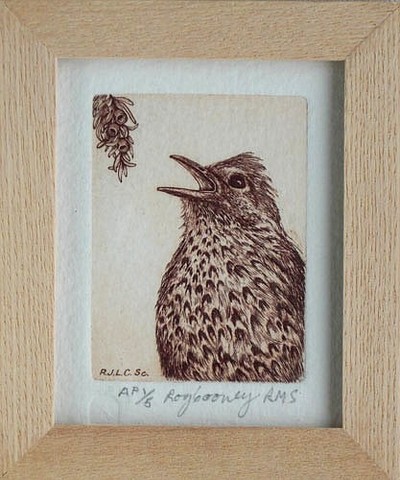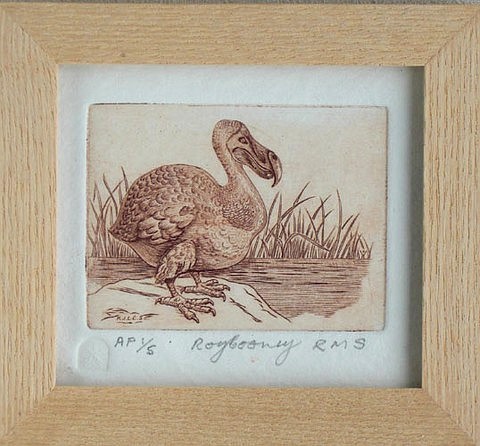Roy J L Cooney RMS HS
Copperplate Engraver and Printmaker
A short film about engraving featuring Roy Cooney, talking about his work and demonstrating his technique.
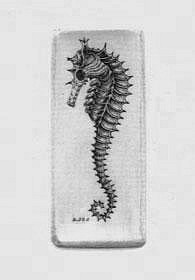
He produced limited editions of pictorial copperplate engravings and commissions for heraldic and pictorial ex-libris bookplates from his home in Taunton.
Roy became internationally recognised and his work is held in institutions, galleries and private collections around the world.
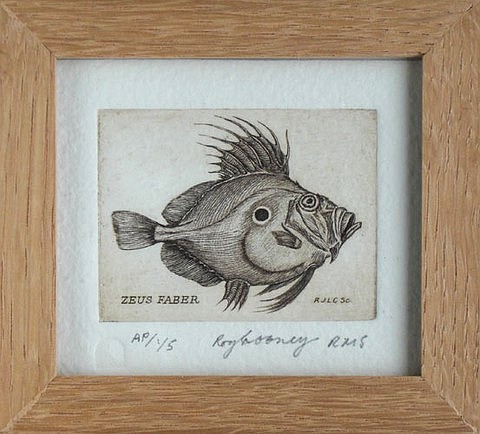
Roy exhibited with the following societies and won many awards for his work including the RHS Gold Medal.
- Royal Society of Printmakers
- Royal Horticultural Society
- Royal Miniature Society
- Royal West of England Academy
- Hilliard Society
- Society of Botanical Art
- Medici Society
- World Exhibition of Miniature Art
- Bath Society of Art
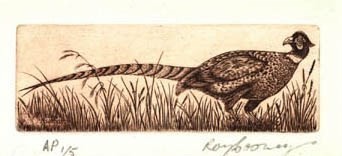
The Royal Society of Miniature Painters, Sculptors and Gravers (RMS)
The Hilliard Society of Miniaturists
The Miniature Society of Florida
The Somerset Guild of Craftsmen
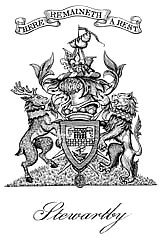
EX LIBRIS BOOKPLATES
Many individuals with their own libraries commission bookplates to identify their books. Designs may be based on heraldry or reflect a particular interest.
Copperplate Engraving
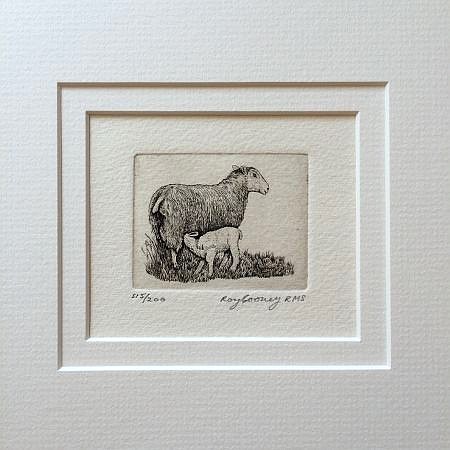
Copperplate ngraving is frequently confused with etching but although the method of printing is common to both, line engraving is a very much older and more durable art form. It is created by using high quality tempered steel gravers to incise a required design in the copper. When the engraving is complete the plate is cleaned and polished. The engraved lines are filled with ink and the surplus wiped from the surface. The plate is then placed on the bed of a press, covered by a sheet of dampened paper and several protective layers of felt blanket, and rolled between steel cylinders under great pressure.
The edegs of the plate leave an impression of its thickness which is known as the platemark. The inked engraved lines are also embossed and can be felt by finger-tip touch - both very good ways to detect a genuine copperplate impression. The inking process is repeated for every impression and, as no proof can be exactly the same as another, each one is regarded as an original print. The impressions in an editions are then signed and numbered in sequence by the artist.
This intaglio method of printing has been used for several centuries for pictorial and cartographic image production (at one time the only means of producing multiple images) and is highly regarded for its exactitude and finess of line work.
Roy Cooney
